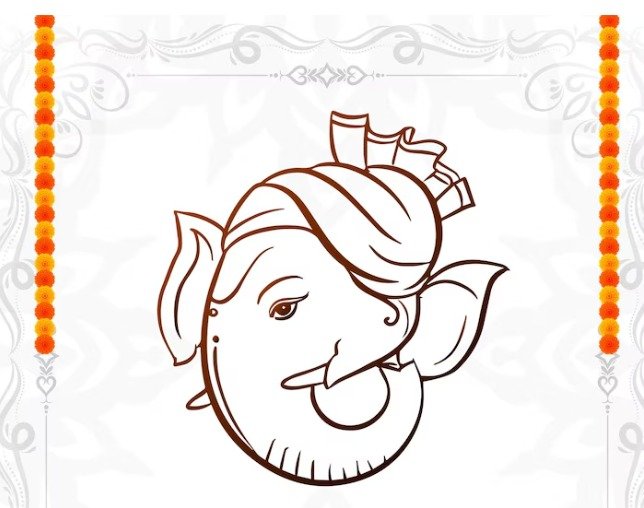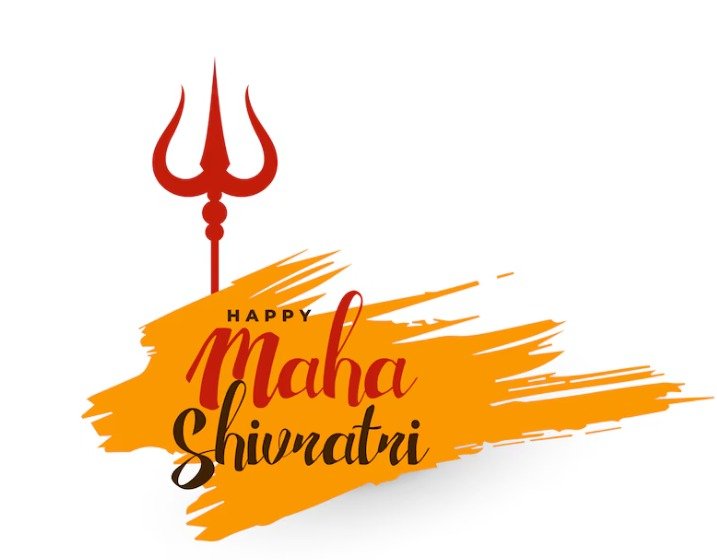Ganesh Pooja, or Ganesh Chaturthi, is one of the most widely celebrated and revered festivals in Hinduism, dedicated to Lord Ganesha, the elephant-headed deity who is known as the remover of obstacles and the god of wisdom, prosperity, and new beginnings. Celebrated with immense devotion, particularly in India, Ganesh Pooja is a time when families, communities, and entire cities come together to worship Lord Ganesha, seeking his blessings for prosperity and success.
The festival is particularly popular in the Indian states of Maharashtra, Karnataka, Andhra Pradesh, and Tamil Nadu, though it is celebrated across the country and even by Hindu communities worldwide. Beyond religious significance, Ganesh Pooja has become a symbol of cultural unity and celebration, blending rituals, traditions, and vibrant community events.
The Significance of Lord Ganesha
Lord Ganesha is one of the most beloved deities in Hindu mythology. His form is unique, with the body of a human and the head of an elephant. Each part of Ganesha’s body symbolizes something significant:
- The elephant head symbolizes wisdom, understanding, and a discriminating intellect that one must possess to attain perfection in life.
- The large ears signify the importance of listening carefully to gain knowledge and understanding.
- The small mouth indicates speaking less, a reminder that one should speak only what is necessary.
- The trunk represents high adaptability and efficiency.
- The large belly signifies the ability to digest all good and bad in life, representing contentment and patience.
Lord Ganesha’s vahana, or vehicle, is a mouse, which symbolizes that Ganesha has conquered pride and desires, and that he is the master of even the smallest and humblest creatures. He is often depicted holding a sweet dish called modak, which is said to be his favorite, symbolizing the rewards of spiritual pursuit and the sweetness of the journey of life.
Mythological Origins of Ganesh Chaturthi
The origin of Ganesha’s form is found in Hindu mythology. According to the legend, Goddess Parvati, Ganesha’s mother, created him from the dirt of her body. She molded him into a figure and breathed life into him. Parvati then instructed Ganesha to stand guard while she took a bath. Meanwhile, Lord Shiva, Parvati’s husband, returned home and found this strange boy guarding the entrance. Ganesha, unaware of who Shiva was, refused to let him enter, which infuriated Shiva, leading him to sever Ganesha’s head in anger.
Upon learning that Ganesha was her son, Parvati was heartbroken and demanded that Shiva restore Ganesha’s life. To placate her, Shiva sent his followers to find the head of the first creature they encountered. They returned with the head of an elephant, which Shiva placed on Ganesha’s body, bringing him back to life. Lord Shiva also granted him the boon of being the first god to be worshipped before any major undertaking, making him the remover of obstacles and the god of new beginnings.
Ganesh Chaturthi: Historical and Cultural Evolution
The modern-day celebration of Ganesh Chaturthi dates back to the Maratha Empire, particularly under the reign of Chhatrapati Shivaji Maharaj, who popularized the festival as a way to bring unity among his people. However, the public celebration as we know it today was revived in the 19th century by the Indian freedom fighter Lokmanya Tilak. During British rule, when public assemblies were prohibited, Tilak encouraged the communal celebration of Ganesh Chaturthi as a way to build unity and nationalistic fervor among Indians. This made Ganesh Chaturthi not just a religious festival, but also a political and cultural movement aimed at promoting unity and resistance against colonial rule.
Since then, the festival has grown tremendously in scale and grandeur. In cities like Mumbai and Pune, massive idols of Lord Ganesha are installed in public spaces, and people from all walks of life come together to participate in the pooja (prayer), processions, and celebrations.
The Rituals and Practices of Ganesh Pooja
Ganesh Pooja typically lasts for ten days, beginning on the fourth day of the waxing moon in the month of Bhadrapada, according to the Hindu calendar, which usually falls in August or September. The pooja is marked by various rituals and customs:
1. Installation of the Idol (Pranapratishtha)
On the first day, clay idols of Ganesha, often elaborately crafted, are installed in homes, temples, and public spaces. The ritual of invoking the divine presence into the idol, called Pranapratishtha, is performed by a priest or the head of the household. The idol is adorned with flowers, garlands, and offerings such as sweets, coconut, and fruits. The installation marks the beginning of the festivities.
2. Pooja and Offerings
Every morning and evening, prayers are offered to Lord Ganesha, along with various offerings, the most notable being modak, a sweet dumpling filled with coconut and jaggery. Devotees chant Ganesha mantras, and hymns such as “Ganapati Bappa Morya” are sung in devotion. The recitation of the Ganesh Atharvashirsha, a Vedic hymn in praise of Lord Ganesha, is also an important part of the pooja.
The pooja involves the offering of 21 durva grass blades, 21 modaks, and flowers, representing prosperity, devotion, and reverence. Special prayers are offered to remove obstacles and seek blessings for success, health, and happiness.
3. Community Events and Celebrations
In addition to the rituals at home, grand celebrations take place in public spaces. Massive pandals (temporary stages) are erected, showcasing large idols of Lord Ganesha. Cultural programs, music, and dance performances are organized as part of the festivities. In cities like Mumbai, it is common to see huge processions with thousands of people accompanying the idol to the sound of dhols (traditional drums) and music, all chanting praises for Ganesha.
Environmental Concerns and Modern Trends
One of the key concerns that has arisen in recent years is the environmental impact of Ganesh Chaturthi celebrations. Traditionally, idols were made from clay, which dissolves in water after immersion. However, with the commercialization of the festival, many idols are now made of plaster of Paris, which does not disintegrate easily and contributes to water pollution. Additionally, the paints used for decoration often contain harmful chemicals, posing a threat to marine life.
In response, there has been a growing movement towards using eco-friendly idols made from natural clay and organic colors. Many communities have also adopted innovative practices such as symbolic immersions in water tanks or creating Ganesha idols that are embedded with seeds, allowing the idols to grow into plants after immersion.
The Visarjan: Farewell to Ganesha
The most dramatic and emotional part of the Ganesh Chaturthi celebration is the visarjan, or immersion of the Ganesha idol in water. This usually takes place on the tenth day, though in some cases, it is done on the third, fifth, or seventh day. The immersion symbolizes the cycle of creation and dissolution in the universe, as well as the temporary nature of life and material possessions.
During the immersion procession, devotees chant “Ganapati Bappa Morya, Pudhchya Varshi Lavkar Ya” (Hail Lord Ganesha, come again next year), praying for Ganesha’s return and blessings in the coming year. The immersion is a moment of both joy and sadness, as devotees bid farewell to the beloved deity, with the hope that he will return to remove their obstacles and bless their endeavors.
Conclusion
Ganesh Pooja is not just a religious observance; it is a cultural phenomenon that brings together people from all backgrounds in a spirit of devotion, celebration, and community. Lord Ganesha, with his wisdom and grace, is revered as the guide who helps devotees navigate the challenges of life. The festival serves as a reminder of the cyclical nature of life, encouraging individuals to embrace new beginnings, let go of obstacles, and celebrate the beauty of creation.
Over the years, Ganesh Chaturthi has evolved to become a symbol of unity, eco-consciousness, and cultural pride. As the festival continues to grow in its reach and influence, it remains deeply rooted in the timeless traditions and values associated with Lord Ganesha—wisdom, prosperity, and the removal of obstacles.





